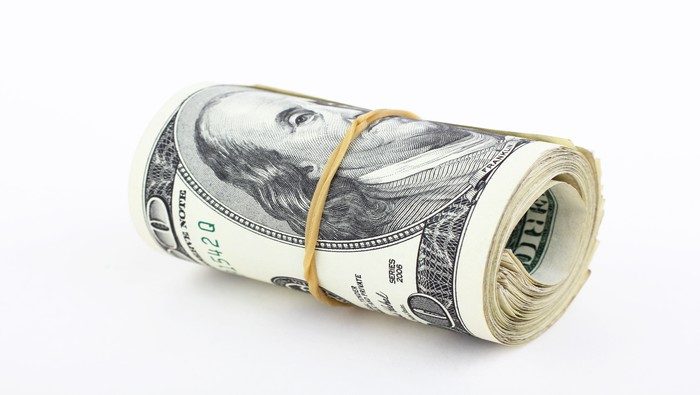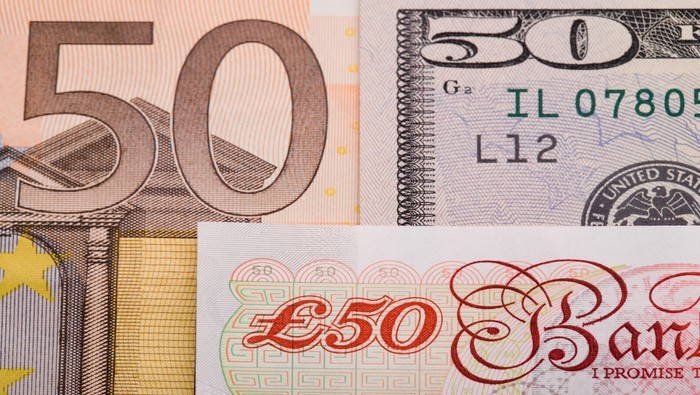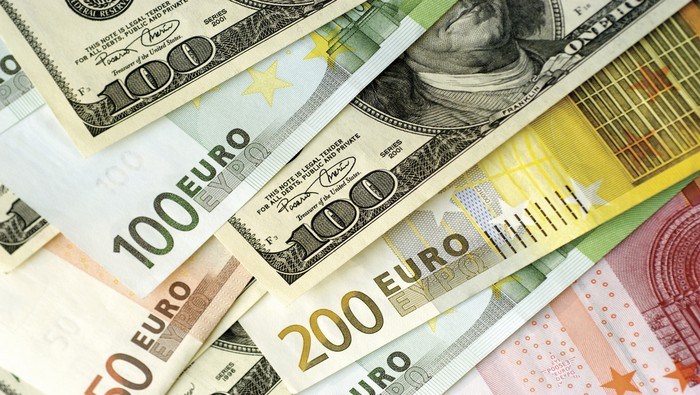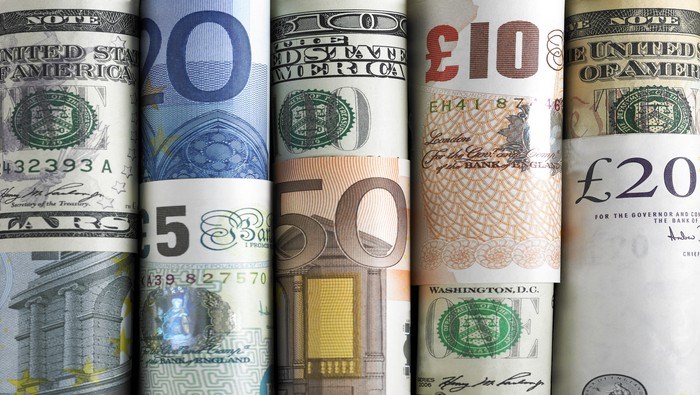US Dollar (USD) Analysis and Charts
- The US economy grew by 3.3% in the last three months of 2024
- That was hugely better than the 2% gain expected
- Does this economy need dramatic interest-rate cuts?
Download our Q1 US Dollar Technical and Fundamental Forecast



The United States Dollar was remarkably steady through a fascinating session of economic data on Thursday, suggesting perhaps that all the market cares about at this point is what the Federal Reserve will make of it all.
At any rate, the US economy ended the old year in robust form. At this first, advanced look, Gross Domestic Product growth for the last quarter of 2023 came storming in at 3.3%. Admittedly that was far weaker than the previous quarter’s 4.9%, but it was hugely better than the anemic 2% rise expected by the markets.
However, durable goods orders for December were flat, according to data released at the same time. This was a clear disappointment and may have blunted some impact from the more historical GDP numbers.
The world’s largest economy has remained resilient, overall, to a long period of much higher interest rates and it seems far from clear that it has slowed enough to warrant the cuts in borrowing costs expected by the markets later this year. Inflation, after all, remains above target, if not by much.
However, investors must wait until January 31 before the Fed gives its first monetary dispensation of the year. It’s likely to be a nervous wait.
The markets heard from the European Central Bank on Thursday. It opted to keep its key main refinancing rate at 4.5%. That’s a 22-year high in place since last September. A call to stick was widely expected beforehand, but the Euro ticked lower against the Dollar as ECB President Christine Lagarde spoke to the press. Her downbeat assessment of the Eurozone economic backdrop seemed to be behind this modest move.
ECB Leaves Interest Rates Unchanged, EUR/USD Listless Ahead of Press Conference and US Q4 GDP
The Dollar wilted a little against the Japanese Yen at the same time, but it remains above the 147 Yen handle.
EUR/USD Technical Analysis

Chart Compiled Using TradingView



EUR/USD remains confined to a broad range defined at the upper bound by 1.09794. That’s the first, Fibonacci retracement of the rise to last December’s highs from the lows of early October. This has capped the market on a daily-closing basis since the sharp falls seen on January 2.
The lower bound of this band comes in at 1.08231, the intraday low of January 23. The market hasn’t been below that level since December 13. This range seems to be entrenched, and the break below a long dominant uptrend line on January 16 has not presaged further, sharp falls.
While the direction in which this range breaks is likely to be quite instructive in terms of medium-term direction a durable break seems unlikely at least until the markets have heard from the Fed.
IG’s own data finds traders very undecided about the pair, with only a tiny majority putting the bullish camp just ahead, by a margin of 51/49.
--By David Cottle for DailyFX






